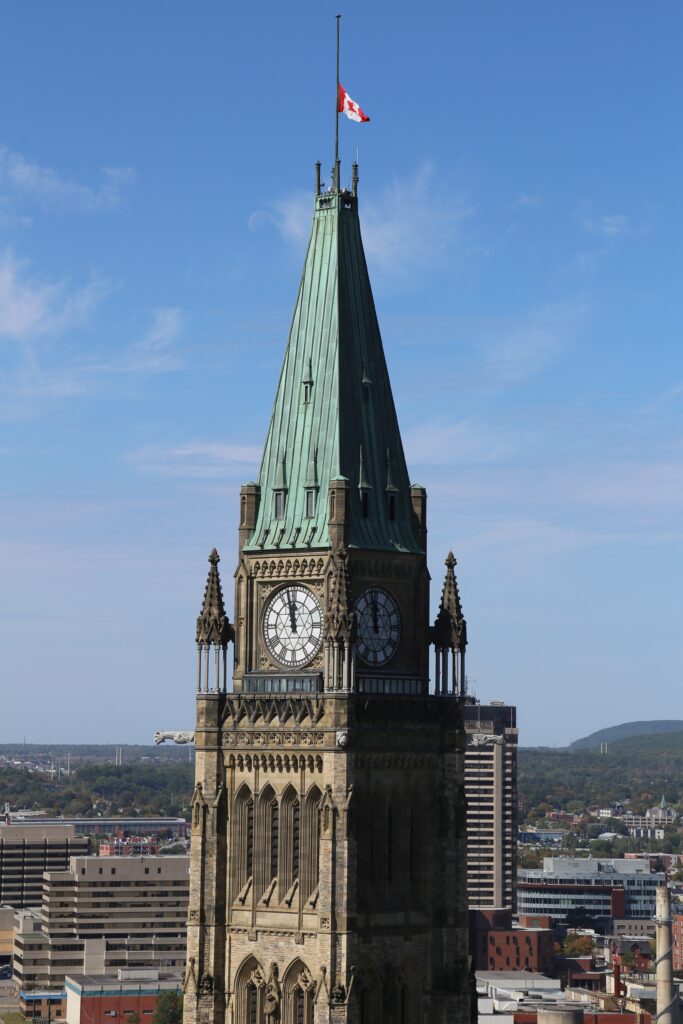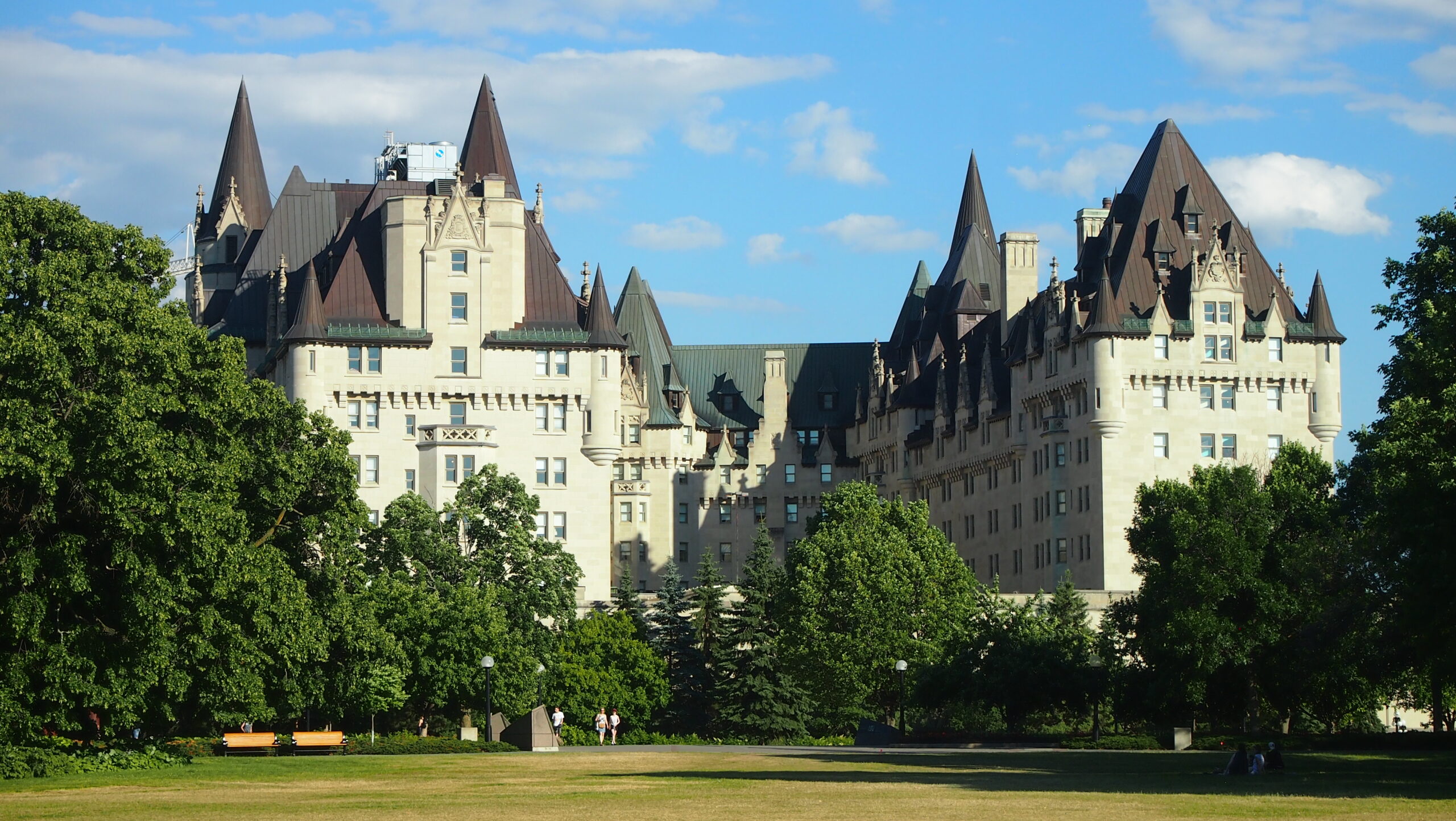For the 50th anniversary of the National Trust and for the recent issue of the organization’s newsletter Locale, a variety of heritage professionals from across the country were asked the poignant question “Why do heritage places still matter?” and “What does the future of heritage conservation look like?”
The National Trust is an independent national charity that empowers communities to save and renew heritage places, recognizing its importance in creating resilient, diverse and sustainable communities. The organization leads what is called “Heritage Reset”—an initiative that seeks to reset the definition of heritage conservation in Canada considering both the tangible and intangible facets.

TRACE’s founding partner Mark Thompson Brandt’s perspective was included in the issue. With more than 40 years’ experience in the field, Mark has written and lectured widely across North America on the reuse of built resources, and is co-author of the national document Building Resilience: Practical Guidelines for the Sustainable Rehabilitation of Buildings in Canada. As a trailblazer of “Building Reuse is Climate Action,” it’s no surprise that Mark’s perspective considers heritage as part of the solution in building and designing for climate-resilient futures.
Here is what Mark had to say:
In my opinion, the future of heritage looks a lot like it does now—but with more values incorporated and more responsiveness to the world around us. Added values and responsiveness will include responses to climate change and society’s evolving needs; broader perspectives on what we want to preserve; increased embrace of technologies to conserve and communicate much better; increased collaboration with other disciplines such as environmental engineers, street poets, and climatologists; transitions away from dogma towards a more flexible approach; and using conservation skills for regeneration of a wider array of older structures.
For example, the heritage conservation response to climate change may look like this: Increasingly severe climate events will force us to find more and better ways to “harden” historic resources to be resilient against the harsher conditions. Increasingly scarce resources will force us to find alternate materials and treatments for historic places. The increasingly urgent need to reduce GHG emissions will force us to undertake deep green rehabilitations for historic and other older buildings, infrastructure and places, and to use our skills to undertake a wider range of older building rehabs, in greater collaboration with others. As clean technologies replace fossil fuels to power our world, their presence will be accepted as the norm and not “foreign” to a place—and all of this will result in the necessary increased flexibility in approaches to protection of character-defining elements and to defining the values of a place or landscape, taking into account global crises that increasingly impact our world. Buckle up for a wild ride over the next generation!Mark Thompson Brandt

The National Trust in collaboration with the Canadian Association of Heritage Professionals (CAHP), is hosting their 50th Anniversary Conference in Ottawa on October 25-28th at the Chateau Laurier. The event is an opportunity to continue these discussions and be a part of Canada’s largest heritage learning and networking event.
This year’s conference will focus on three themes:
Social-Cultural Reset—Activating the UN Declaration on the Rights
of Indigenous Peoples (UNDRIP), Confronting Exclusion, and Transforming Heritage Practice
Environmental Reset—Championing Heritage Conservation as Climate Action
Economic Reset—Removing Systemic Barriers to Reuse & Empowering Conservation

